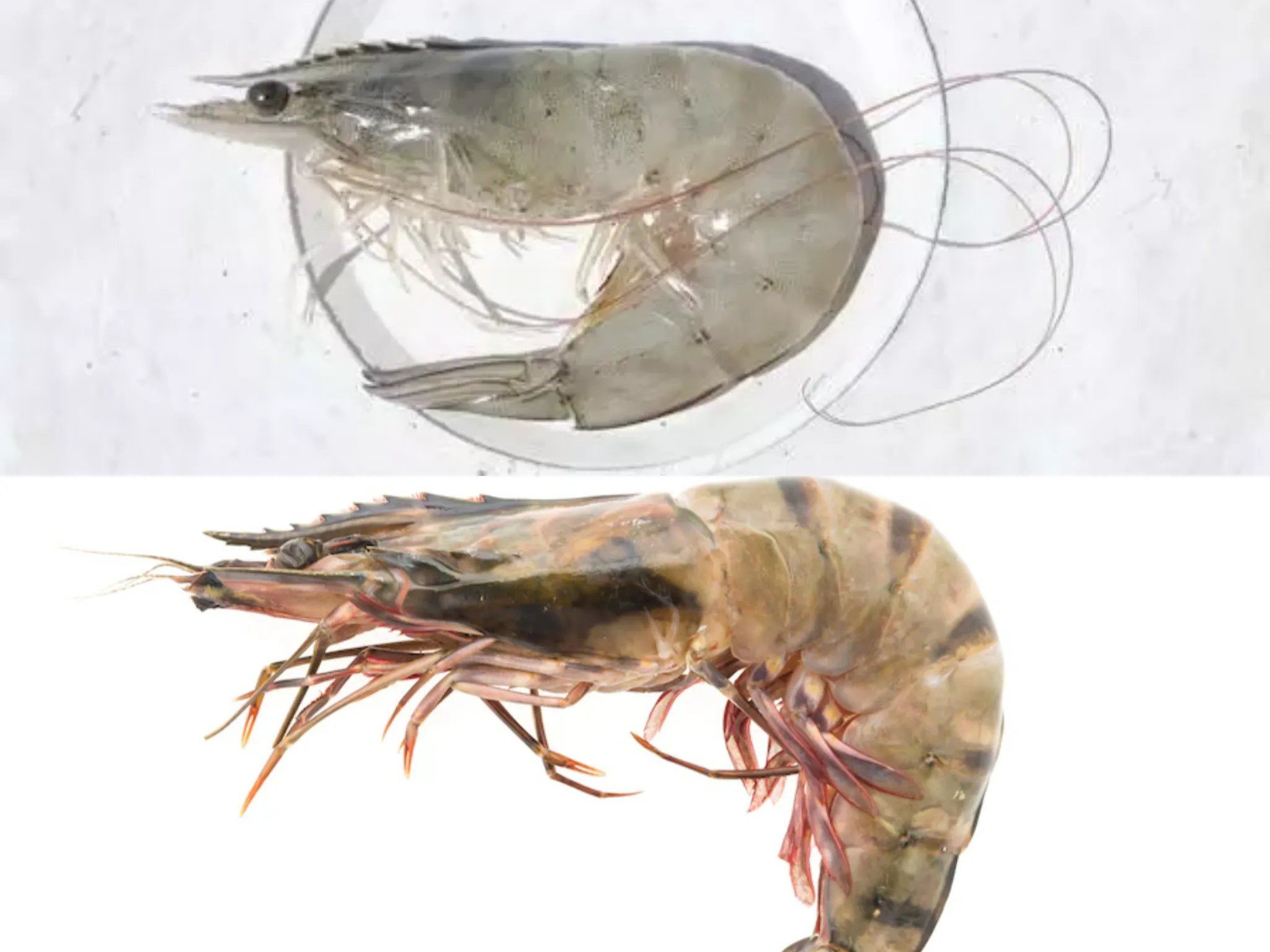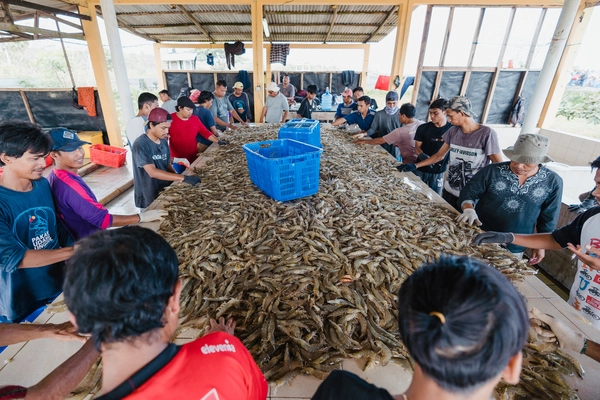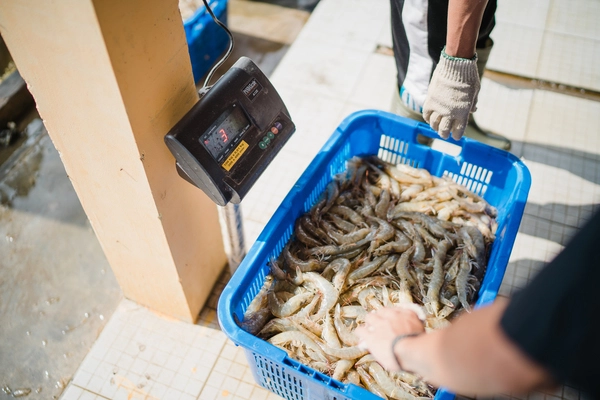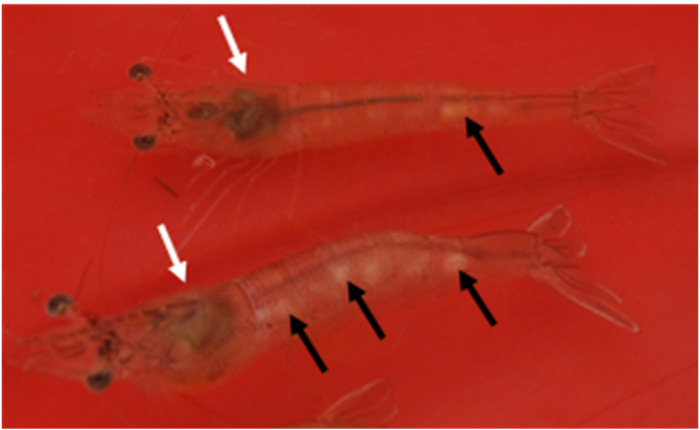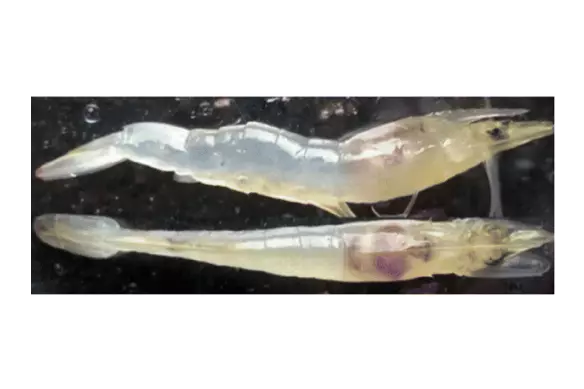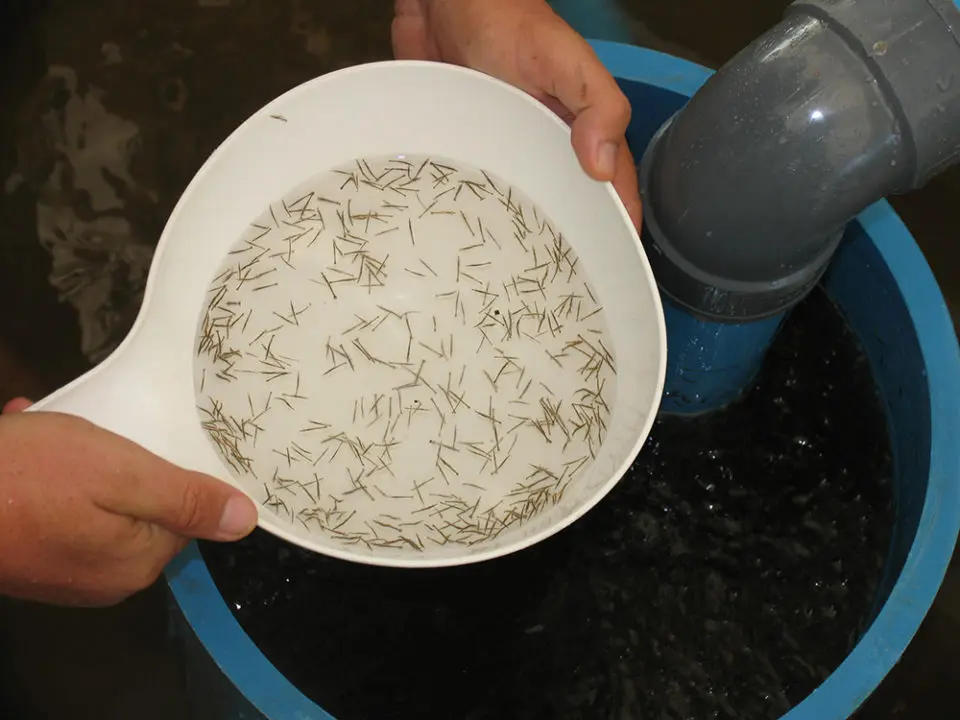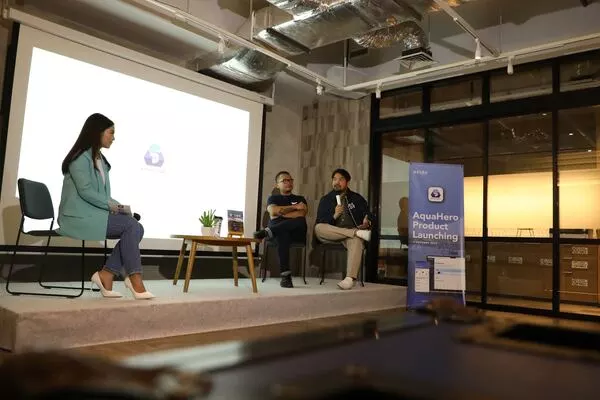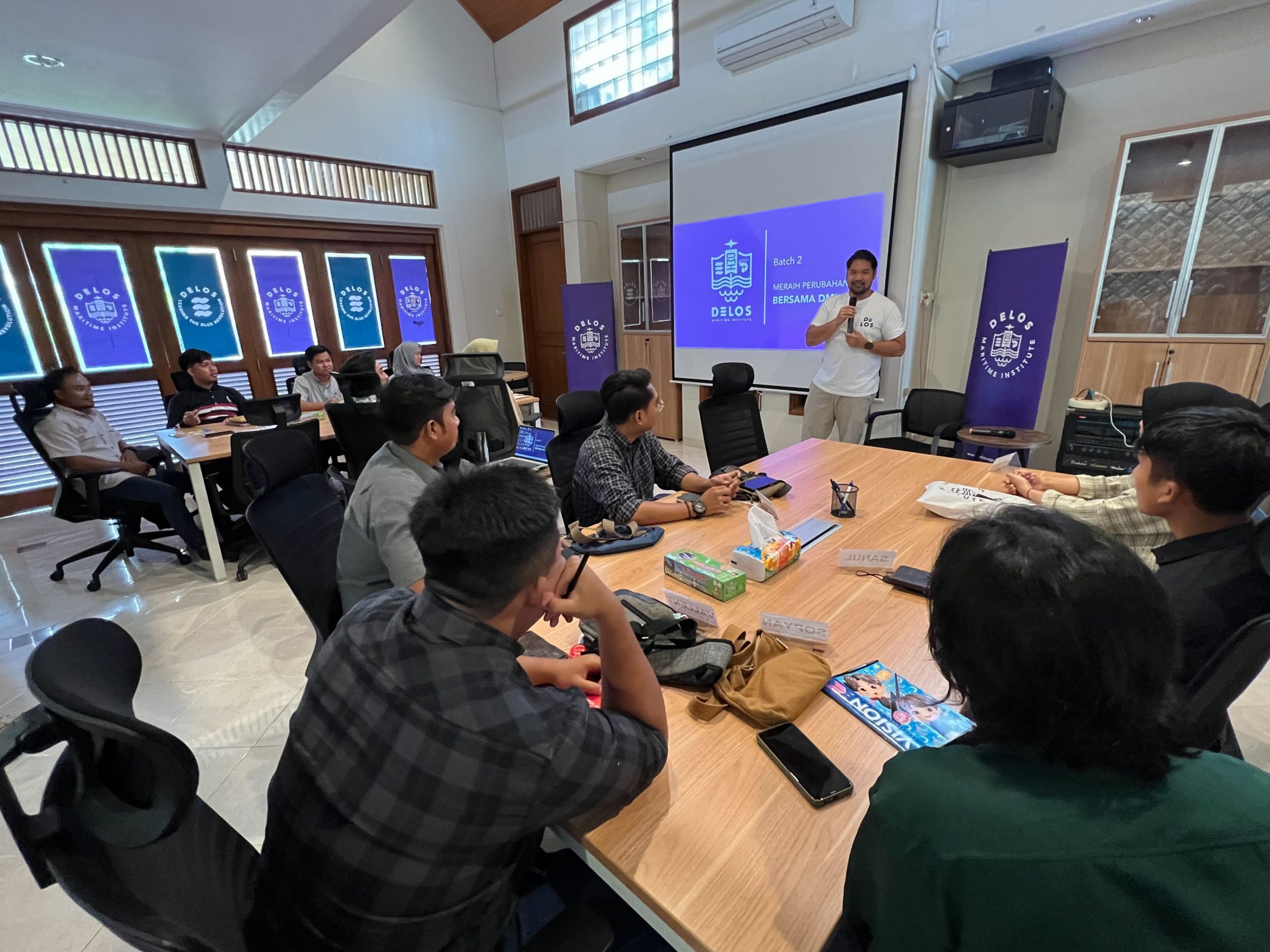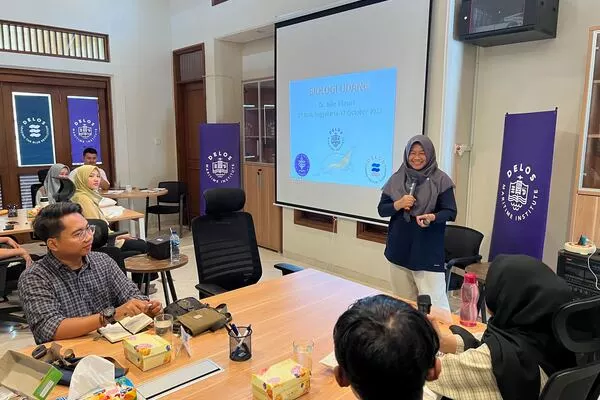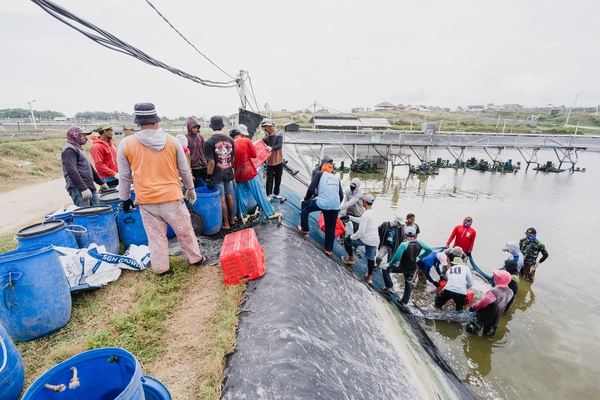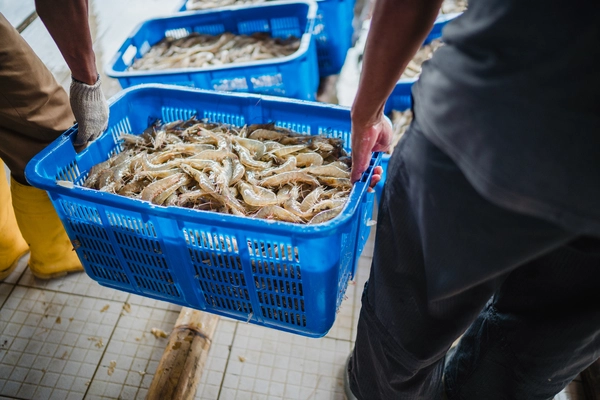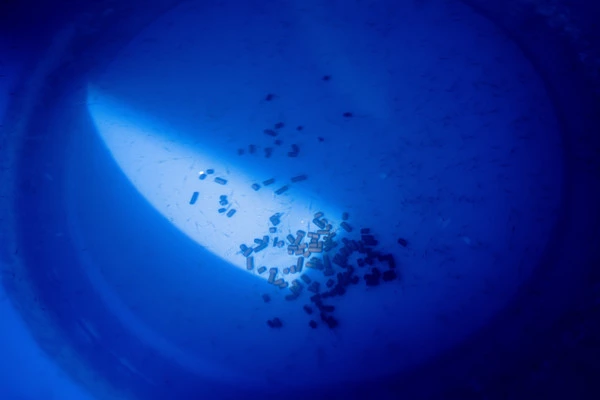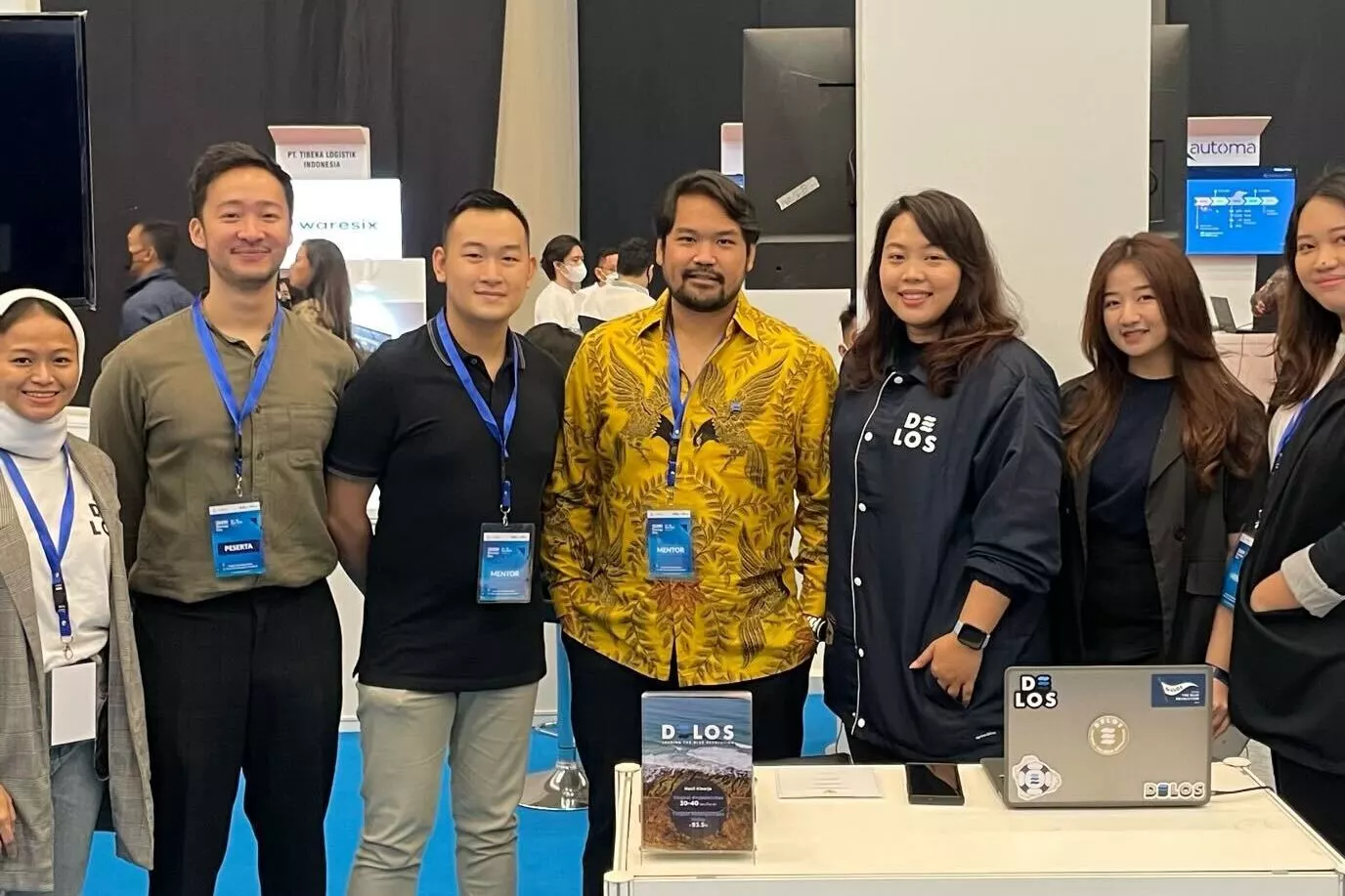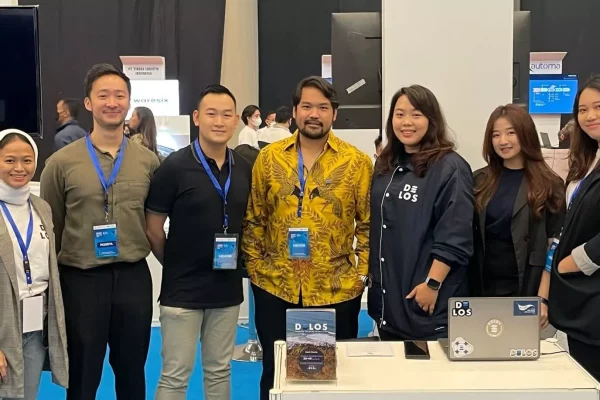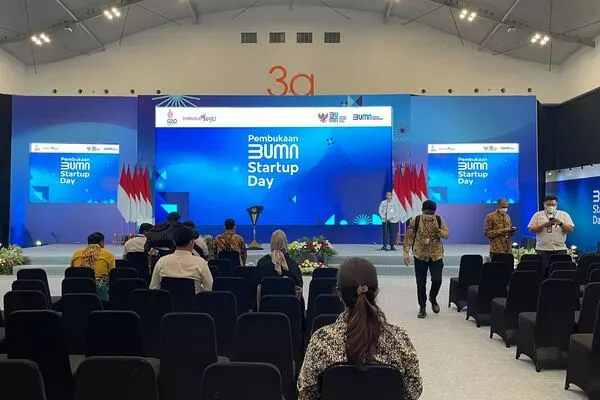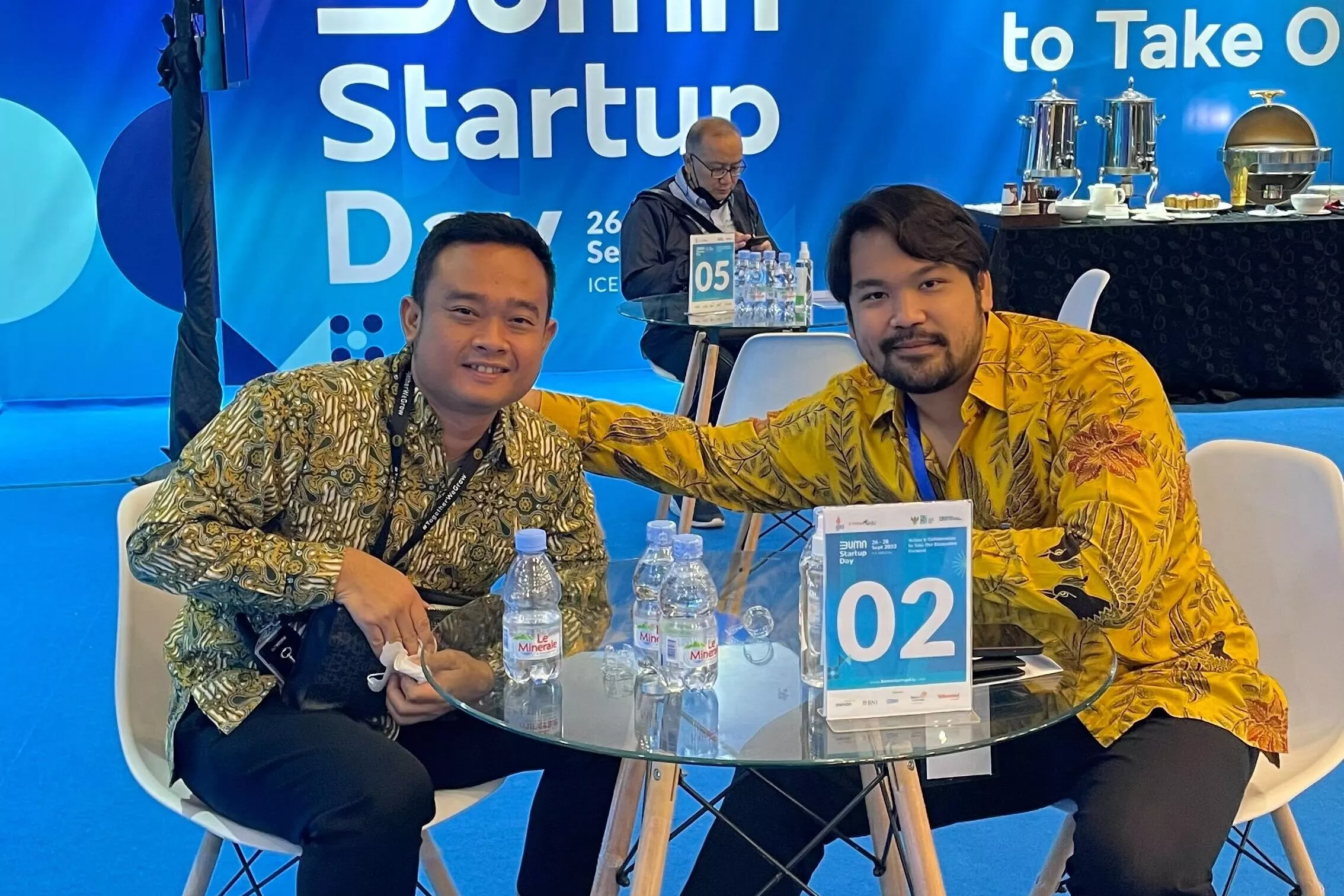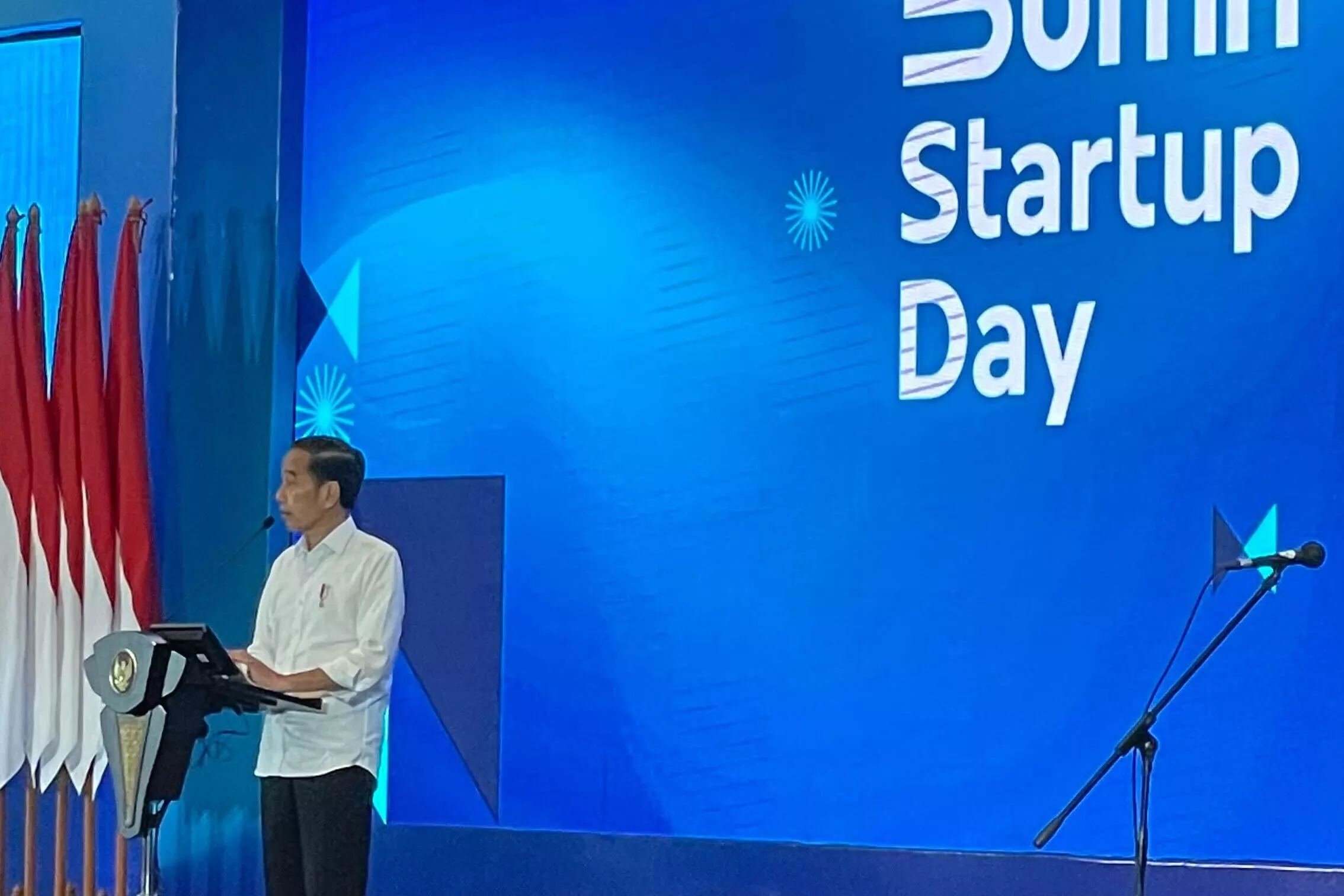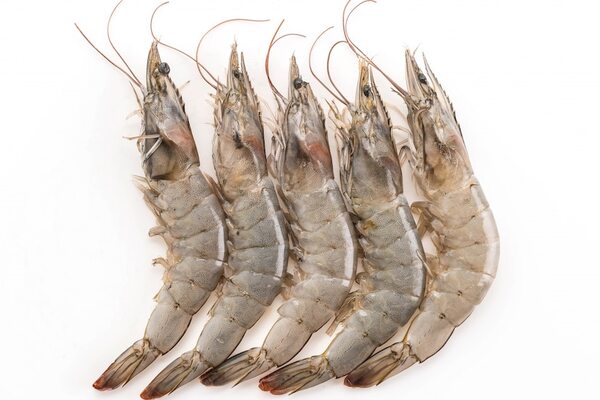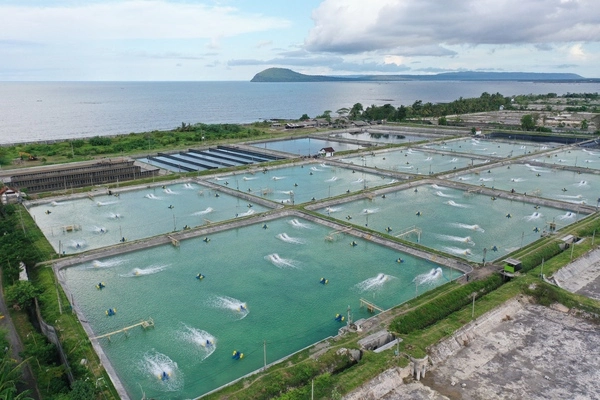Tiger Shrimp vs Vannamei Shrimp, Which One is Better for Cultivation?
Tiger shrimp vs vannamei shrimp is a topic always sought after by farmers. Especially for those who want to get into the world of shrimp farming. This is because vannamei shrimp and tiger shrimp have their advantages and disadvantages in cultivation.
Both vannamei shrimp and tiger shrimp are fishery export commodities with astounding numbers in Indonesia. Tiger shrimp is a sea shrimp native to Indonesia. In contrast, vannamei shrimp are shrimp that come from the Pacific Ocean.
Before choosing the type of shrimp you want to cultivate, you must first know the differences between the following tiger and vannamei shrimp. Read more in this article!
Also Read: Get to Know the Covert Mortality Nodavirus (CMNV) which Can Attack Vannamei Shrimp
The difference between Vannamei Shrimp and Tiger Prawn
Tiger shrimp (Penaeus monodon) is a sea shrimp native to Indonesia and has long been a mainstay of fishery export commodities. This shrimp has a distinctive striped pattern on its shell which makes it nicknamed The Black Striped Shrimp.
In their growth, tiger shrimp can reach a length of 35 cm and weigh up to about 260 grams. No wonder this shrimp has always been the belle of the world of aquaculture in Indonesia for years.
Meanwhile, vannamei shrimp (Litopanaeus vannamei) just entered Indonesia in 2001. This shrimp originally comes from the Pacific Ocean region and also has a high level of market demand.
In contrast to tiger shrimp, vannamei shrimp have smaller body sizes with transparent white body colors. This makes vannamei shrimp also known as white shrimp.
Also Read: Do These 5 Things to Successful Vannamei Shrimp Cultivation
Choose Vannamei Shrimp or Tiger Shrimp for Cultivation?
Tiger shrimp vs vannamei shrimp cannot be directly compared. Both have their advantages for the shooters.
Before cultivating vannamei shrimp popular in Indonesia, tiger shrimp was the leading choice for farmers. However, the fame of the tiger prawns had declined due to an outbreak of white spot syndrome that attacked.
At that time, the mortality rate of tiger shrimp due to white spot disease reached almost 100% in just seven days. Because they don’t want to take risks, many farmers switch to vannamei shrimp.
Even so, market demand for tiger shrimp is still very high. So tiger shrimp cultivation can still be a profitable business.
Meanwhile, on the other hand, vannamei shrimp from the Pacific Ocean region seemed to steal the spotlight that tiger shrimp previously owned. Vannamei shrimp comes with various advantages when cultivated.
Some of the advantages of vannamei shrimp compared to other species include the following:
- Being able to cultivate them with high stocking densities.
- Being more resistant to disease and poor environmental quality.
- Having a high survival rate.
- A short cultivation time of around 90-100 days per cycle.
All those advantages above make vannamei shrimp superior when compared to tiger shrimp.
Also Read: Vannamei Shrimp Probiotics and Its Benefit for Cultivation
Vannamei Shrimp Cultivation Makes More Profits with DELOS
Talking about tiger shrimp vs vannamei shrimp in cultivation cannot be far from aspects of disease resistance, survival rate, market demand, etc. Therefore, you can adjust which one you will choose to cultivate.
If you want to make more profit in vannamei shrimp farming, DELOS is here to help you. DELOS offers Farm Management to manage your shrimp ponds. We have a team in the top 99 best in Indonesia in terms of maintaining reliable pond operations.
DELOS Farm Management is also integrated with the AquaHero app, making it easy for every farm owner and personnel to monitor their shrimp ponds daily.
Contact the DELOS Team via contact@delosaqua.com or submit your questions about vannamei shrimp farming through our website contact column at www.delosaqua.com. Succeed in vannamei shrimp farming with DELOS!

